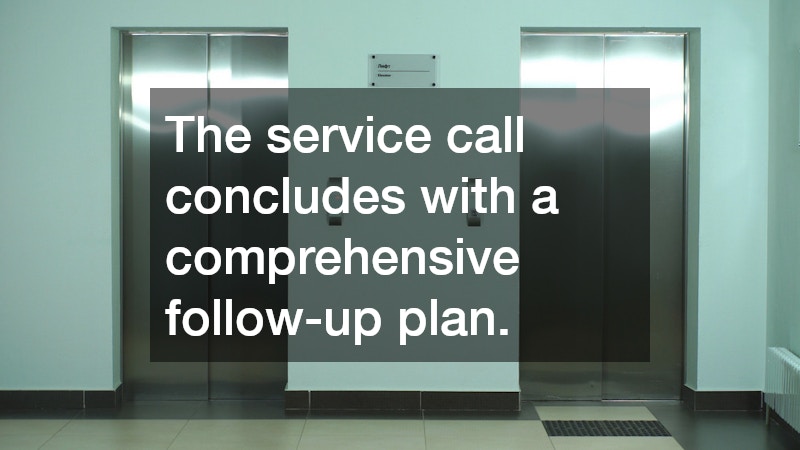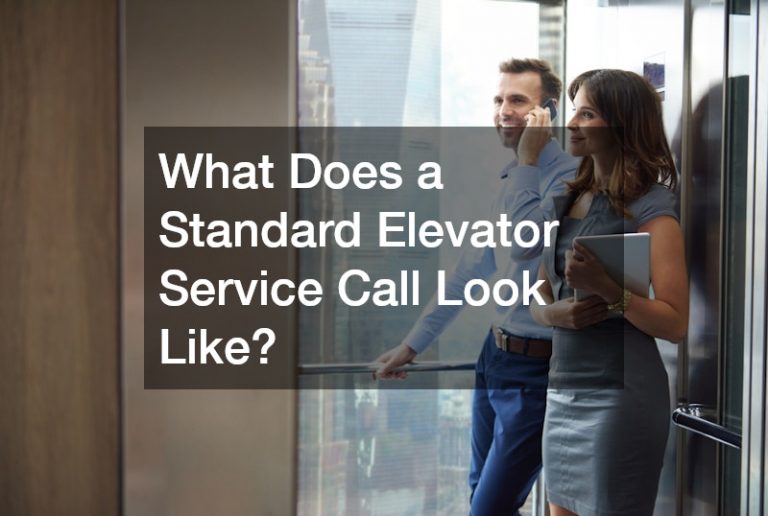When issues arise with an elevator, the first step is to contact a reputable elevator repair company. This initial contact is crucial as it sets the stage for the service call and lays the groundwork for identifying and solving the problem. During this phase, the client usually provides essential information regarding the nature of the problem, such as unusual noises, occasional jerking, or complete operational failure.
This information helps the service company determine the urgency and complexity of the issue.
The elevator repair company typically offers a range of service options depending on the severity and nature of the problem. For minor issues, the company might suggest a routine service visit, while more severe problems could necessitate an emergency call-out. Once the specifics of the issue are discussed, the elevator company dispatches a technician or a team to the site. The timeframe for this dispatch can vary, but most reputable companies prioritize immediate or same-day service for crucial malfunctions.
The initial contact also involves verifying service agreements or warranties that might cover the repairs. Many building managers find it efficient to keep ongoing service contracts with elevator companies, ensuring regular maintenance and priority services when problems arise. Once the contact is made, clients are advised on what to expect, including potential downtime and estimated costs, so they can plan accordingly. Overall, this initial communication is designed to ensure a swift and effective response to any elevator issues.
Assessment and Diagnosis by the Technician
Upon arrival, the elevator repair company’s technician conducts a thorough assessment of the elevator system. This initial inspection is critical for diagnosing the root cause of the reported issues. Technicians follow a systematic approach, beginning with a visual inspection of the elevator’s components, such as the control panel, cables, and motor systems. They utilize specialized diagnostic tools to read error codes and monitor the operational behavior of the elevator.
During the diagnosis, the technician may run the elevator through various operational tests to replicate the reported issues. This hands-on evaluation helps in accurately pinpointing problems, whether they are mechanical, electrical, or software-related. Based on their findings, technicians prepare a report detailing the issues and their implications. This report forms the basis for the next steps in the repair process, including timelines and the resources required for rectification.
In some cases, additional diagnostics might be necessary, involving more detailed examinations or the use of advanced tools. Technicians ensure that safety protocols are strictly followed during this phase, given the potential risks associated with malfunctioning elevators. A collaborative and communicative approach is maintained with the client, ensuring they are fully aware of the situation and the recommended course of action. This evaluation phase is vital, as it ensures that any repairs are both accurate and effective in prolonging the elevator’s lifespan.
Implementation of Repairs and Follow-Up
With a clear understanding of the problem, the technician proceeds to implement the necessary repairs. This process typically involves replacing faulty parts, recalibrating controls, and sometimes updating software to rectify the diagnosed issues. The goal of the elevator repair company is to restore the elevator to full operational capacity with minimal disruption to the building’s normal activities.
Depending on the complexity of the repair, technicians might complete the work in a single visit or schedule additional visits. Additionally, technicians conduct post-repair tests to ensure that the elevator functions smoothly and safely. The elevator repair company also provides clients with a detailed breakdown of the work completed, including a list of parts replaced and any updated warranties. In situations where parts need ordering or repairs require more time, technicians and the company maintain open communication, offering alternative solutions and timelines.
The service call concludes with a comprehensive follow-up plan. Most reputable elevator companies emphasize preventative maintenance to avoid future issues, offering maintenance schedules tailored to the specific elevator system in use. Clients are advised on best practices to maintain the elevator’s condition, reducing the likelihood of recurrent issues. Post-service, the elevator repair company remains available for follow-up inquiries or additional support, ensuring customer satisfaction and ongoing reliability of the elevator.


